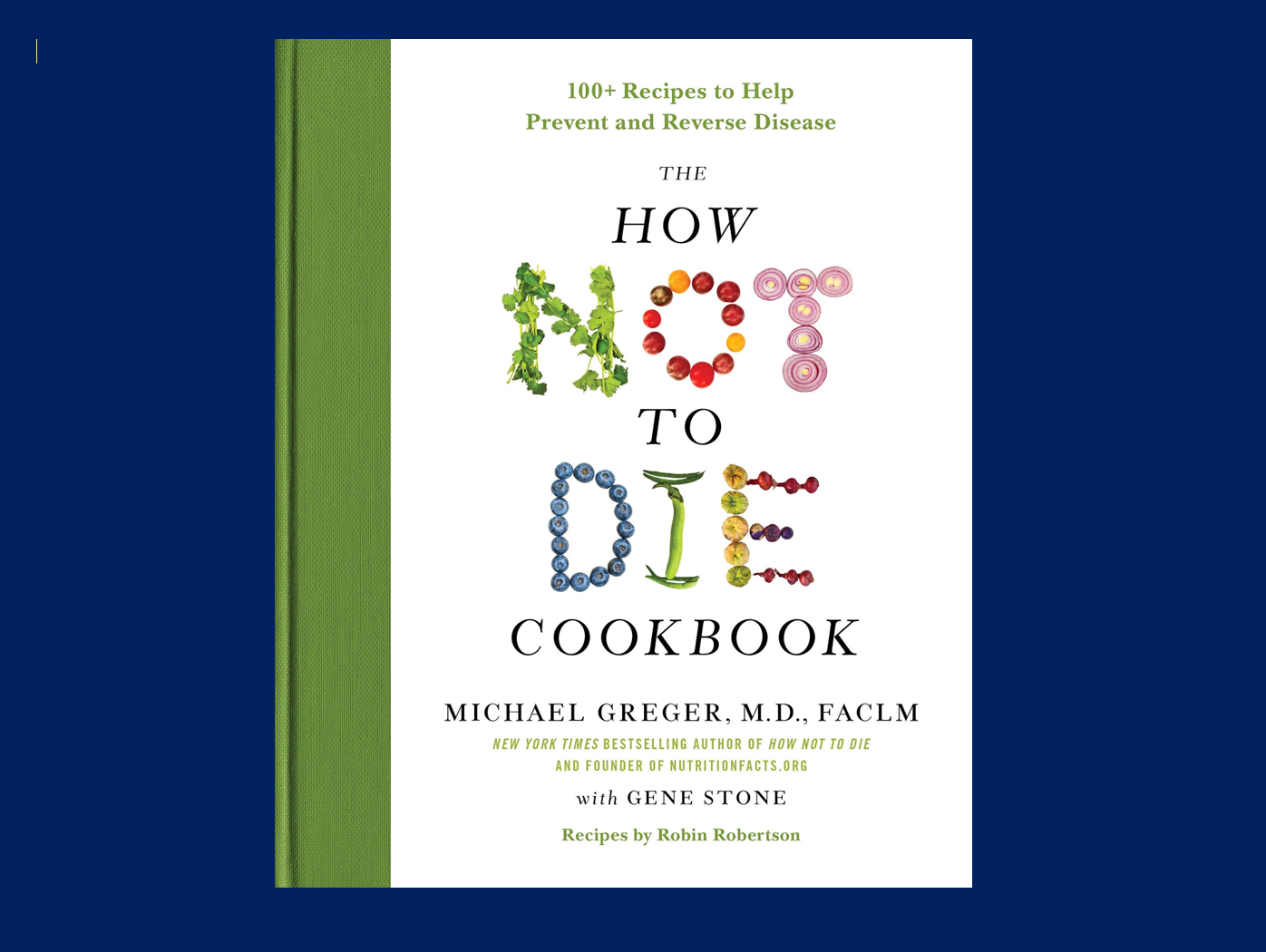By Caroline Tapp-McDougall
How not to die
Who doesn’t want to know how to avoid the nursing or funeral home for a few more years? Aside from really clever titles that certainly grab our attention, Dr. Michael Greger’s international bestsellers How Not to Die and its sequel, The How Not to Die Cookbook, present his growing body of work that shares what he believes are lifesaving scientific facts—as well as useful pieces of wellness and nutritional information.
What’s for dinner?
Nicely put together with tantalizing photos, the cookbook’s recipes bring Greger’s ground-breaking nutritional science into our kitchens. With 100 easy-to-follow, plant-based recipes, the good doctor champions cutting-edge scientific evidence mixed with everyday ingredients, and stirs it with a dose of wise advice.
Can we fault Greger for turning his “live longer” passion into a clever business model with a website rich with helpful videos, newsletters that translate the work of leading researchers into layman’s prose that we can all understand, and tempting recipes and advice? I think not. After all, Harvard Health and a number of other prestigious universities have for years solicited subscribers to their newsletters, offering the latest medical advice from their faculties.
Using food as medicine
As many indigenous peoples have in the past, eating locally, paying closer attention to what we’re eating and using food as medicine might just be a smarter way to help us live longer and prevent disease. As Greger boldly suggests, eating our way to better well-being and longer life (without many of the nasty side effects of modern-day drugs) and using plant ingredients to combat heart disease, cancer and other major killers has a healthy ring to it.
Goodbye sugar, hello broccolini!












